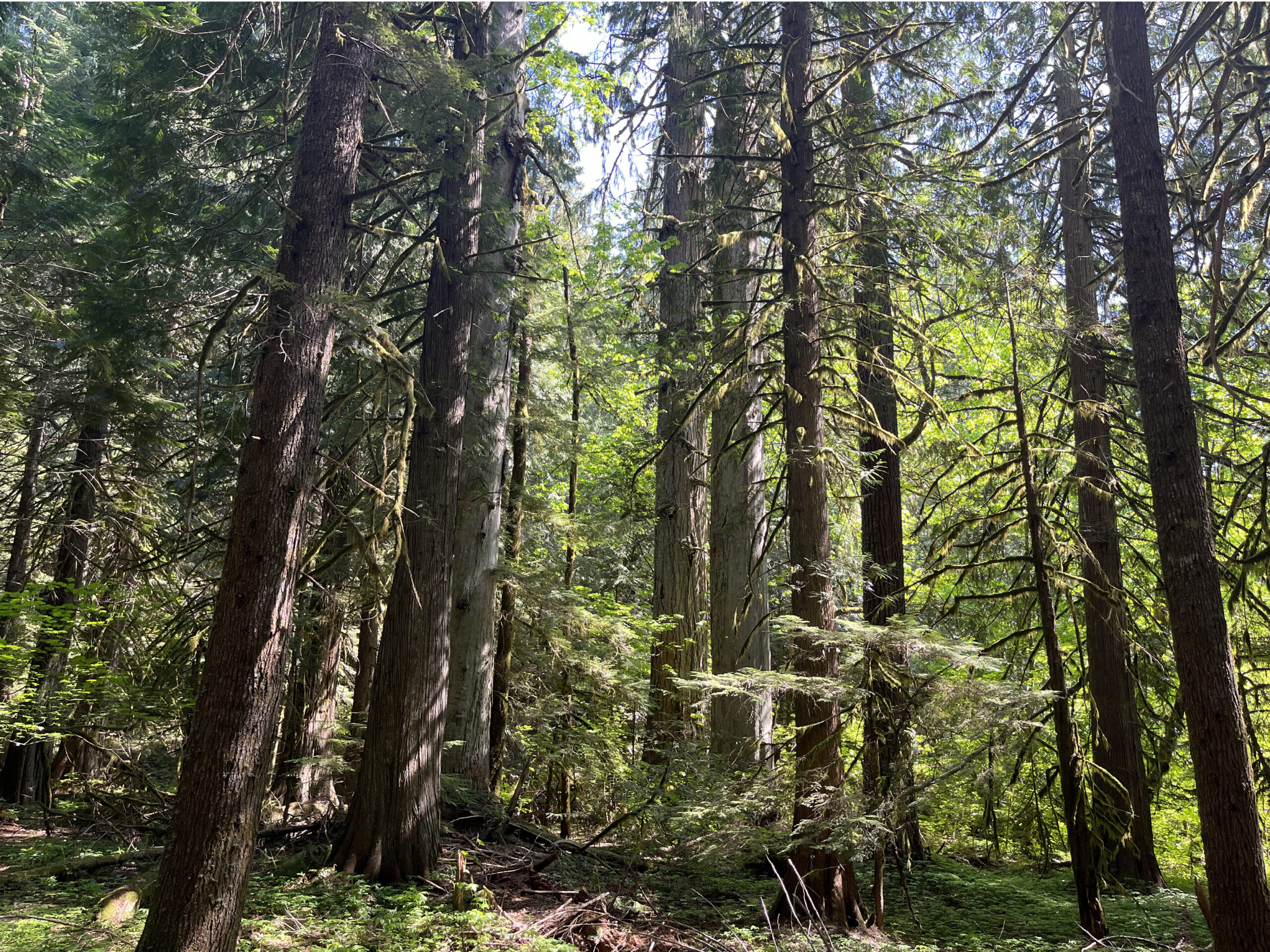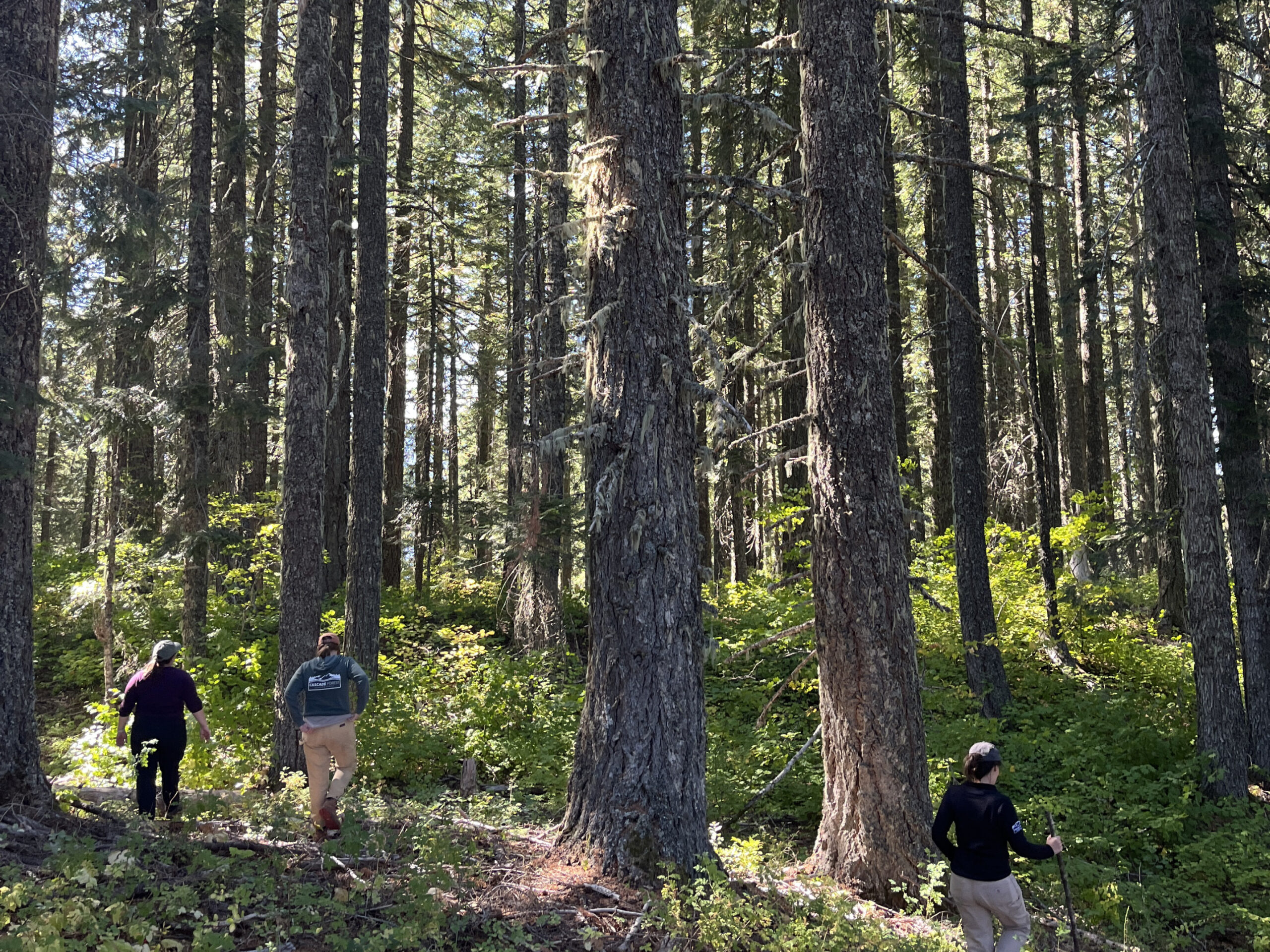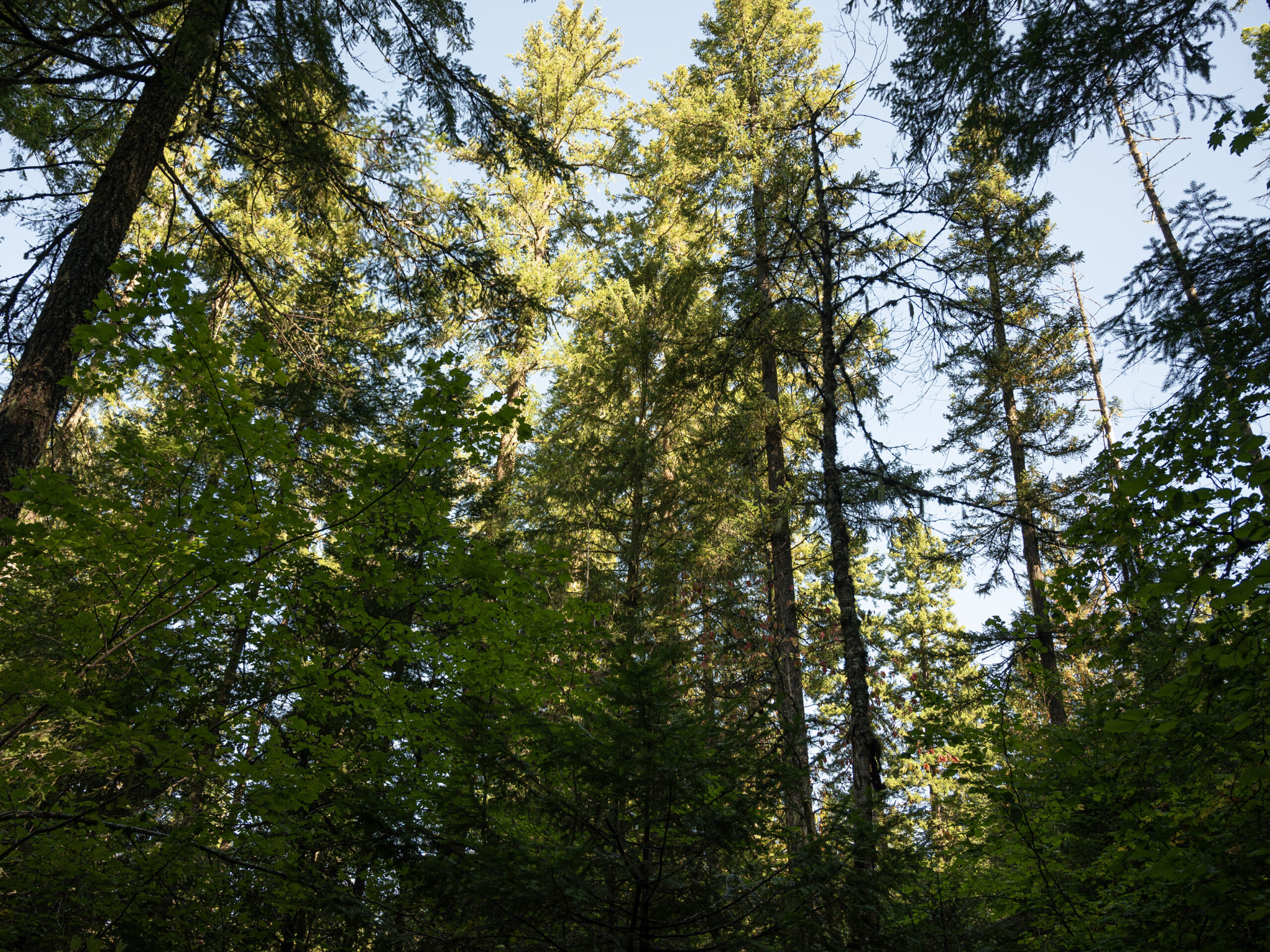[vc_row row_type=”row” use_row_as_full_screen_section=”no” type=”grid” angled_section=”no” text_align=”left” background_image_as_pattern=”without_pattern” css_animation=””][vc_column][vc_empty_space height=”35px”][/vc_column][/vc_row][vc_row row_type=”row” use_row_as_full_screen_section=”no” type=”full_width” angled_section=”no” text_align=”left” background_image_as_pattern=”without_pattern” css_animation=””][vc_column][vc_single_image image=”94″ img_size=”full” alignment=”center” qode_css_animation=””][/vc_column][/vc_row][vc_row row_type=”row” use_row_as_full_screen_section=”no” type=”grid” angled_section=”no” text_align=”left” background_image_as_pattern=”without_pattern” css_animation=””][vc_column][vc_empty_space height=”75px”][vc_separator type=”normal” color=”#444444″ thickness=”3″][vc_empty_space height=”75px”][vc_column_text]At the end of March Congress passed an appropriations bill over 2,200 pages long that allocated $1.3 trillion dollars to many government programs and agencies. This massive bill also included legislation that directly impact our public lands by addressing funding for wildfires and a new categorical exclusion (CE) that allows some timber sales to move forward with less environmental review. This new CE and other policy changes in this bill are attempts to weaken our environmental laws and limit public input on our federal forests, and we must remain ready to oppose further harmful riders in future bills.
What is the appropriations bill?
A bill that is over 2,200 pages long, concerning over a trillion dollars, and written in complicated legislative language, can seem overwhelming to many of us. This large bill specifies how much money will go to different government programs and agencies for fiscal year 2018.
Congress is required by law to pass twelve appropriations bills allocating discretionary spending for each fiscal year, which starts on October 1. However, since Congress was unable to come to an agreement on these bills in 2017, they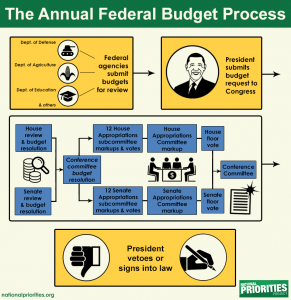 extended the process through March 23 through “continuing resolutions” which provide temporary funding for federal agencies and avoid a government shutdown while Congress works through the appropriations process. This spending bill is large because it is an omnibus bill that combines the twelve funding areas.
extended the process through March 23 through “continuing resolutions” which provide temporary funding for federal agencies and avoid a government shutdown while Congress works through the appropriations process. This spending bill is large because it is an omnibus bill that combines the twelve funding areas.
Appropriations bills must be passed because without them, many government agencies and programs go unfunded and must shutdown. The importance of these bills makes them a target for riders, provisions that are unrelated to federal spending but are often added onto federal spending bills. Riders are a tactic used to enact legislative changes that would be difficult to pass on their own.
How does this bill impact our public lands?
For our public lands, some of the best news comes from what is not in the bill. Thanks to the dedication of concerned citizens throughout the country, some of the worst forest management provisons were not added to the bill. Portions of the Westerman Bill, including new categorical exclusions allowing timber harvest with little environmental review, had the potential to be added to this bill as riders. Another rider would have allowed reckless logging and road-building in roadless areas in Alaska’s national forests by exempting these forests from the 2001 Roadless Rule. Exempting millions of acres of public lands in Alaska from the Roadless Rule could have set a dangerous precedent for developing roadless areas throughout the U.S.
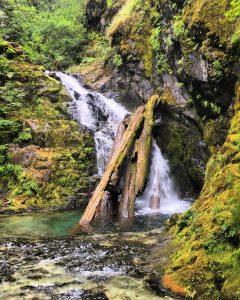
Although several harmful environmental riders did not make it into the bill, one that did is a new categorical exclusion (CE) for hazardous fuels reduction projects up to 3,000 acres. These are projects where the agencies propose reducing wildfire risk through commercial timber harvest. New CEs for timber harvest projects are concerning because CEs limit public input and environmental review. Instead of going through the normal public input process, which involves preparing an environmental assessment and multiple public comment periods, the agencies would only have to provide public notice and one comment period. To use this CE, the Forest Service must maximize the retention of old-growth and large trees and use the best available science to maintain and restore ecological integrity. Also, these projects must be developed collaboratively, not include permanent road construction, and be located outside wilderness and other protected areas. Commercial timber harvest to reduce fuels is potentially controversial in areas with mature forest and large trees. New CEs such as this one risk cutting short public input and conversations that address these difficult topics. In our view, controversial projects necessitate a thorough public input process, where stakeholder concerns can be addressed early on, if these projects are to move forward without future challenges.
The appropriations bill also includes funding for fighting wildfires. Intense wildfire seasons over the last years have rapidly depleted the Forest Service’s budget because of “fire borrowing.” Fire borrowing occurs when the Forest Service maxes out on funds allocated for fighting wildfires and the agency uses money from other accounts. By taking money from other accounts to fight fires, the Forest Service delays other projects, including those that support recreation and restoration. The wildfire funding fix passed as part of the appropriations bill includes a cap on the Forest Service’s wildfire suppression budget and establishes a $2.25 billion emergency fund for the agency to use instead of borrowing from other programs. These changes will go into effect in fiscal year 2020, and will help the Forest Service retain funds for ecological restoration and recreation services in future years.
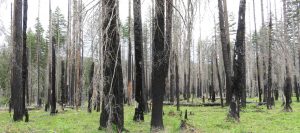
Secure Rural Schools (SRS) payments to counties were also extended for two more years. The Secure Rural Schools Act, passed in 2000, provides funding to rural counties and schools located near national forests. Prior to SRS, rural counties and schools received 25% of revenues generated from timber sales on national forest lands. Unfortunately, SRS payments have not always been consistent due to delays in reauthorization by Congress, forcing small communities to operate on smaller budgets. Extending SRS payments for two more years fixes the immediate problem, but a long-term solution is needed for this program that benefits local communities, forests, wildlife, and recreation.
Additional provisions impacting public lands in the appropriations bill include overriding a Ninth Circuit Court decision that required the Forest Service to re-initiate Endangered Species Act consultation with the Fish and Wildlife Service for land and resource management plans. Also, the bill does not include separate funding for the Legacy Roads and Trails program, which was previously funded at $40 million. The Legacy Roads and Trails program has funded road decommissioning, road maintenance and repairs, and removal of fish passage barriers. LRT has benefited aquatic wildlife throughout our national forests, and we are concerned that this program will not be utilized to its full potential without a budget separate from other Forest Service road programs.
Appropriations and other must-pass legislation can become a battleground for public lands, and we will continue to oppose under-the-radar attacks on our bedrock environmental and public participation laws. For further information about the appropriations bill and related public lands issues visit the links below.
• 2018 Appropriations Bill: “Is This Any Way To Drive An Omnibus? 10 Questions About What Just Happened” –NPR
• Wildfire Funding Fix and new Categorical Exclusion: “The Energy 202: Congress finally found a new way to fund wildfire suppression” – The Washington Post
[/vc_column_text][vc_empty_space height=”35px”][vc_row_inner row_type=”row” type=”grid” text_align=”left” css_animation=””][vc_column_inner][vc_gallery interval=”0″ images=”161″ img_size=”full” onclick=””][/vc_column_inner][/vc_row_inner][vc_empty_space height=”75px”][/vc_column][/vc_row][vc_row row_type=”row” use_row_as_full_screen_section=”no” type=”grid” angled_section=”no” text_align=”left” background_image_as_pattern=”without_pattern” css_animation=””][vc_column][vc_separator type=”normal” color=”#444444″ thickness=”3″][vc_empty_space height=”35px”][/vc_column][/vc_row][vc_row row_type=”row” use_row_as_full_screen_section=”yes” type=”grid” angled_section=”no” text_align=”left” background_image_as_pattern=”without_pattern” css_animation=”” css=”.vc_custom_1465592094531{background-color: #96d1ae !important;}”][vc_column][vc_row_inner row_type=”row” type=”grid” text_align=”left” css_animation=””][vc_column_inner][vc_empty_space height=”125px”][latest_post_two number_of_columns=”3″ order_by=”date” order=”ASC” display_featured_images=”yes” number_of_posts=”3″][vc_empty_space height=”75px”][/vc_column_inner][/vc_row_inner][/vc_column][/vc_row]
BRYN HARDING
Changes to Federal Forest Policy in 2018 Spending Bill
Changes to Federal Forest Policy in 2018 Spending Bill
BRYN HARDING
COMMUNICATIONS MANAGER



